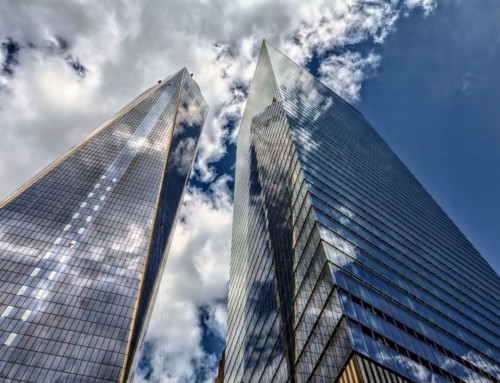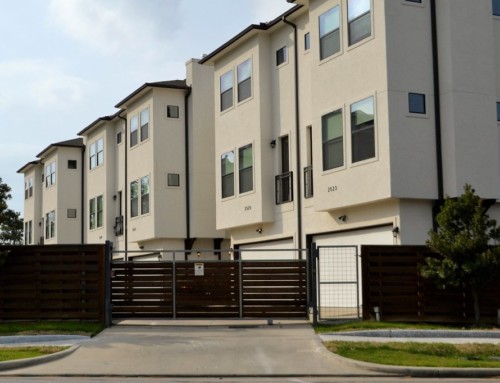
Urban Heat Island. The diagram shows typical temperature differences between an Urban area and the adjacent rural area. Image via Pixshark.
ZIMSEC O Level Geography Notes: Urban Heat Islands.
- Due to a number of reasons the climate and weather of urban areas is different from the adjacent rural areas.
Temperature
- Although due to the presence of tall buildings light does not reach some areas especially alleyways and narrow streets,
- Normal buildings absorb heat during the day.
- Dark-coloured roofs, concrete blocks and bricks all have a high thermal capacity which means they are capable of absorbing heat energy during the day and releasing it slowly at night.
- Additional heat is yielded by car fumes, factories, power stations and the high population concert rations of people.
- All things being equal urban build up areas experience higher temperatures which is highest in the CBD and decreases gradually as one goes towards the edges.
- Daylight temperatures are on average higher than surrounding areas generally by about 0.6°C.
- Night temperatures are higher than surrounding areas due to the smoke and dust clouds over the city/town creating a blanket/insular effect.
- The mean winter temperature is also significantly higher as well as the summer temperature which might be as much as 5°C higher.
Sunlight
- Even though their temparature is higher cities and towns receive less sunshine and more cloud cover than their adjacent rural areas.
- Dust and other particles over the build up area absorb and reflect much of the sunlight preventing it from reaching the city/town below.
Wind
- Wind velocity is reduced by the buildings which create friction as well as act as windbreaks.
- Urban wind velocities are typically lower than that of surrounding rural areas.
- Sometimes however high rise building create wind tunnels which have streams of very high velocity winds which trouble pedestrians and can sometimes knock them over.
- There is reduced wind chill factor.
- Small scale turbulence and eddies can occur as a result in temperature differences with adjacent rural areas.
Relative Humidity
- Relative humidity is lower in urban areas where the warmer air can hold more moisture and there is lack of vegetation reducing the amount of evapotranspiration.
Clouds
- Urban areas appear to receive thicker and up to 10% more frequent clouds.
Precipitation
- Towns and cities receive more rains and thunderstorms.
- This is a result of thermal currents within urban areas.
- Also greater chances of rain, snow and sleet in urban areas.
To learn more about how humans affect weather go to this page.
Go to the Geography Notes Home to access more topics.







